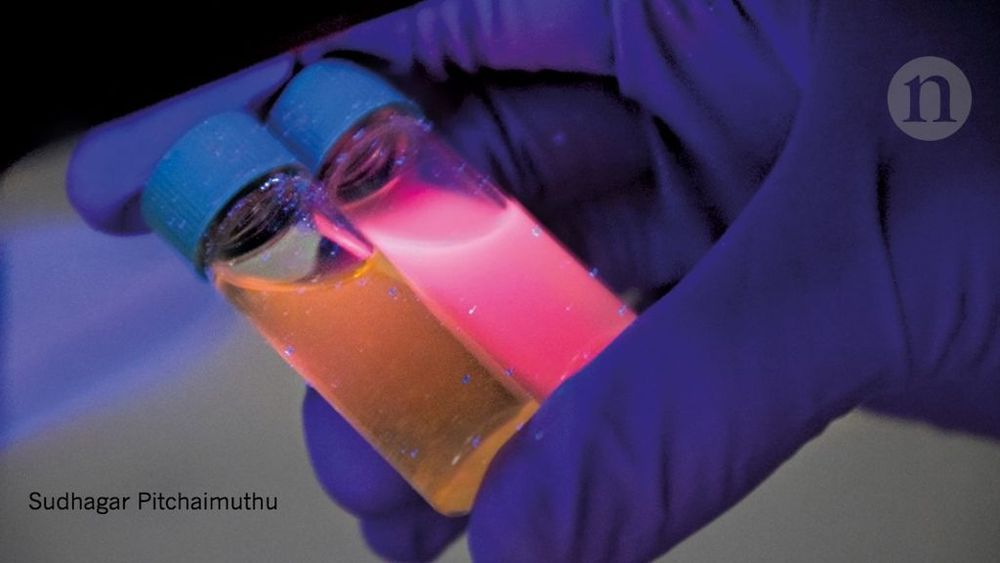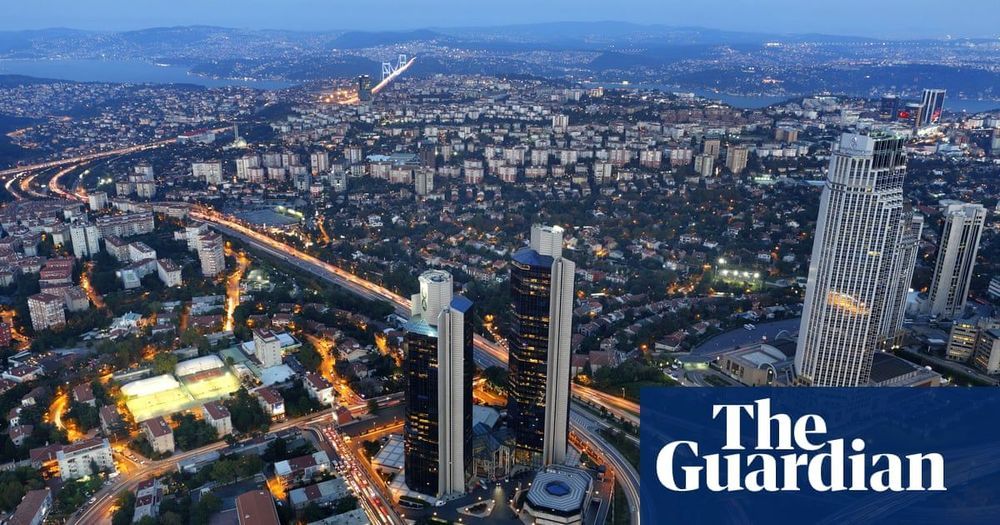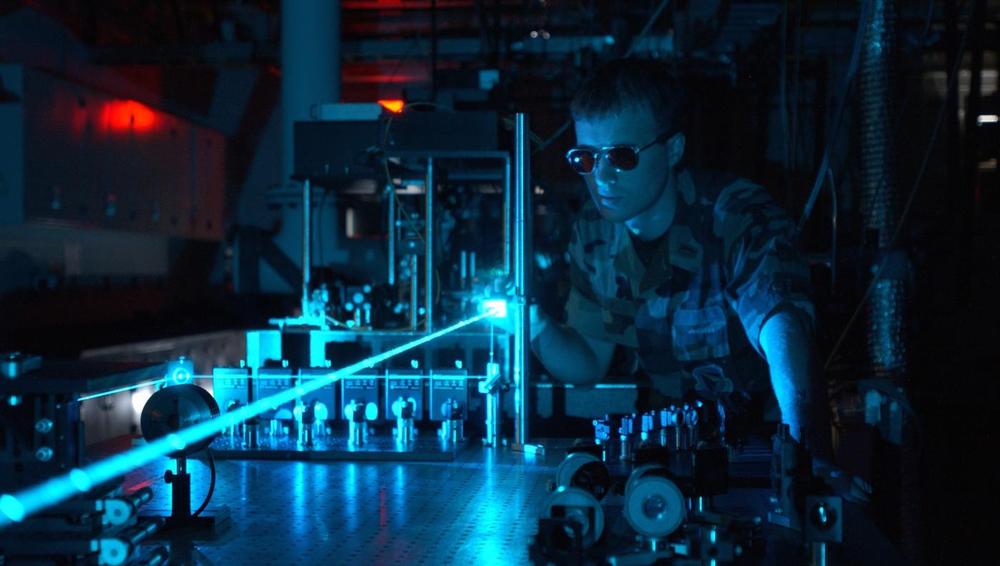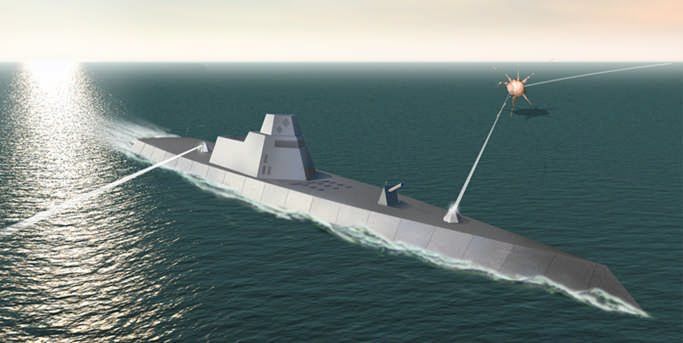New York: Researchers say they have developed an innovative new system for delivering a malaria vaccine that shows promise in its effectiveness. By developing a vaccine that targets specific cells in the immune system, researchers from the University of Chicago in the US saw a much greater immune and antibody response to the vaccine.
Though a vaccine for malaria exists, it is only effective in 30 to 50 per cent of patients, and malaria is still responsible for nearly 500,000 deaths annually, according to the US Centers for Disease Control. “When compared to the current malaria vaccine option, our results are extremely exciting,” said Jeffrey Hubbell, a professor at the University of Chicago.








